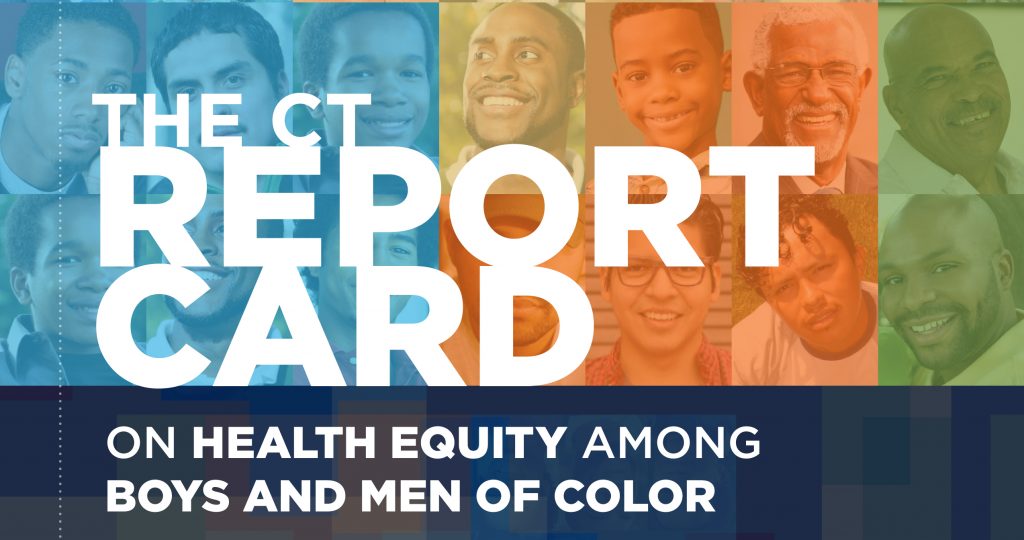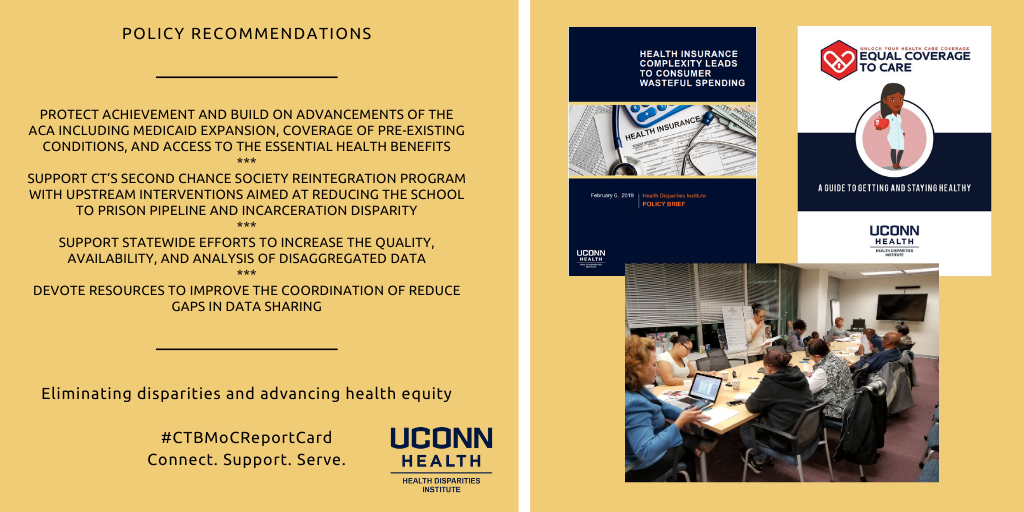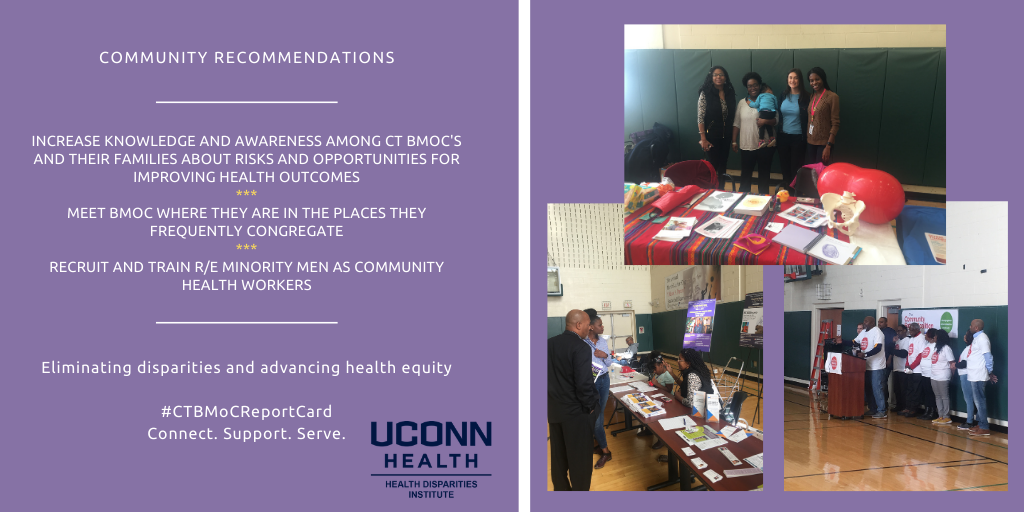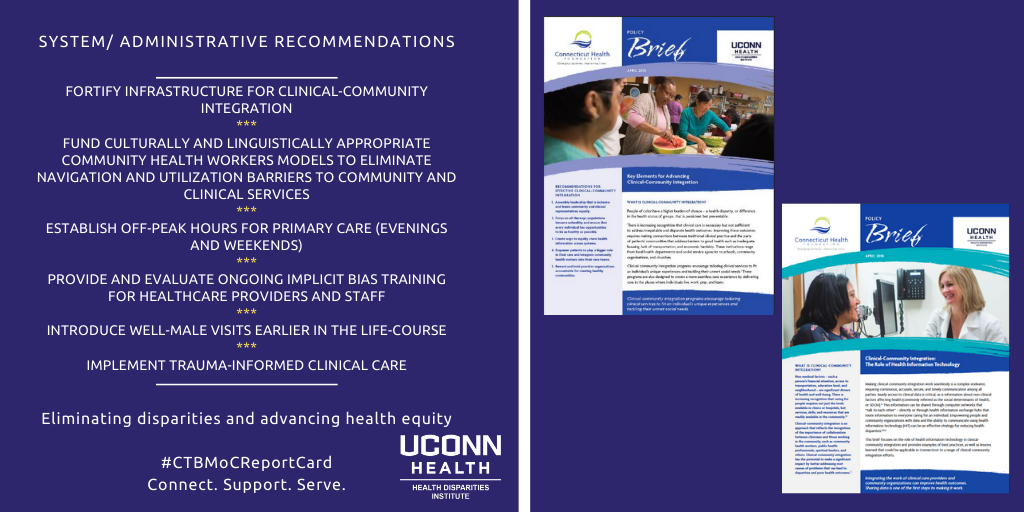Boys and men of color (BMoC) have tremendous untapped potential to contribute to our nation’s economic vitality. However, this potential is significantly undermined by persistent disparities in health outcomes and exposure to health compromising social conditions. For example, according to the UConn Health Disparities Institute’s (HDI) inaugural Report Card on Health Equity among Boys and Men of Color in CT, boys of color make up 36 percent of boys in Connecticut at age five, but only 15 percent of men by age 55. The disappearance of BMoC from CT and around our nation are unconscionable, preventable, and have significant implications for our global competitiveness. We must unite in collective action to advance health equity among boys and men of color – now, more than ever.
Follow or share #BMOCReportCard
Boys and men of color (BMoC) have tremendous untapped potential to contribute to our nation’s economic vitality. However, this potential is significantly undermined by persistent disparities in health outcomes and exposure to health compromising social conditions. For example, according to the UConn Health Disparities Institute’s (HDI) inaugural Report Card on Health Equity among Boys and Men of Color in CT, boys of color make up 36 percent of boys in Connecticut at age five, but only 15 percent of men by age 55. The disappearance of BMoC from CT and around our nation are unconscionable, preventable, and have significant implications for our global competitiveness. We must unite in collective action to advance health equity among boys and men of color – now, more than ever.




